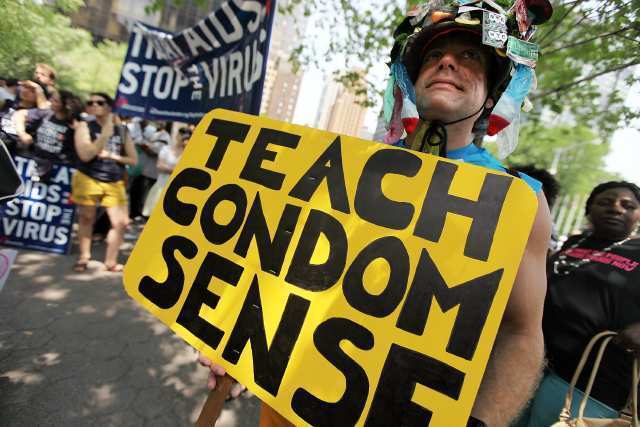Photos: The health week in review (July 10-16)

Experts hail a pair of trials involving heterosexual couples in Africa as a breakthrough in
A visual stroll through this week’s health news, medical findings and trends.

As the federal deficit debate heats up, new life has been pumped into controversial proposals for requiring Americans on Medicare to pay more for their healthcare, raising the possibility that seniors’ medical bills could jump hundreds or even thousands of dollars. If such proposals are enacted, it could mean higher co-pays, higher deductibles or higher premiums for many seniors. Many in

Japanese and European researchers have identified a new, but so far rare, strain of gonorrhea that is exceptionally resistant to cephalosporins, the last remaining family of antibiotics available to treat the

In a new assessment of cancer data, researchers from the National Cancer Institute found that men are more than twice as likely as women to die of lung,
Advertisement

Erin Carr-Jordan, of

In more appealing fast-food news, 19 chains -- including

Tubers have gotten a bum rap lately, being blamed over other foods for people’s long-term weight gain and possibly being limited in favor of other vegetables for school lunches. But some nutrition experts, along with farmers and cooks, have come to the potato’s rescue, saying the negative limelight is overstated and linked to frying. (Mariah Tauger / Los Angeles Times)



